Duration:
The duration of the Foundation Course is One year.
Objectives:
Knowledge of an artist’s tools and materials and exploring their possibilities and limitations through a series of free and elaborate exercises. To understand basic forms and fundamentals of drawing and design. (This covers theoretical as well as practical training in observation & expression). The student is made aware of the basic shapes and forms together with this understanding, space in which these are relatively placed. For practical application, these fundamentals are applied in drawing and design where students learn to study the nature subjectively.
He is made familiar with visual perceptions of form and matter, relation between the objects of art and nature, origin of plastic arts as a way of human sensibilities and the human urge for expression. He is also taught through a series of exercises, how the artist observes and expresses and that most of the objects have more than one meaning. Ultimately, the end of such a course is to build awareness among the students about man’s expressive creativity and through practical assignments offering them an opportunity to realise their own potentiality and limitations.
Subjects
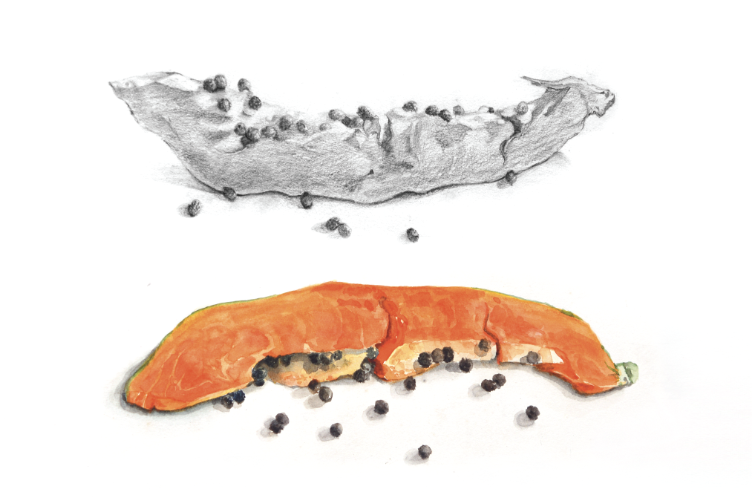
Nature Drawing
- To develop the sense of structure & study different kinds of forms in nature pods, shells, butterflies, flowers, plants, insects, minerals, bones etc. To understand how these forms achieve their structural unity through adherence to principles consistent with physical nature of the material being observed and studied through various rendering media and techniques in different light conditions.
- Drawing from the Human figure – based on general form and gesture.
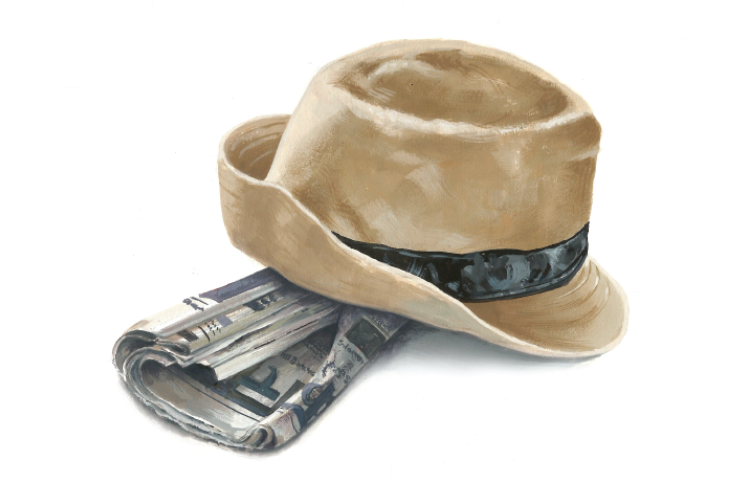
Drawing from Object
Drawing from cubes, cones, cylindrical objects, casts, drapery, still-life etc. observed and studied in various rendering media and techniques in different light conditions.
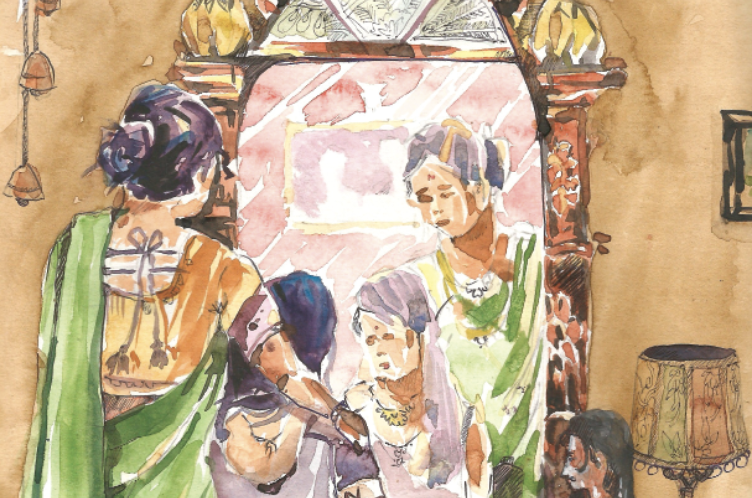
Drawing from Memory
to develop the sense of observation and the capacity to retain and recall images and their co-ordination.
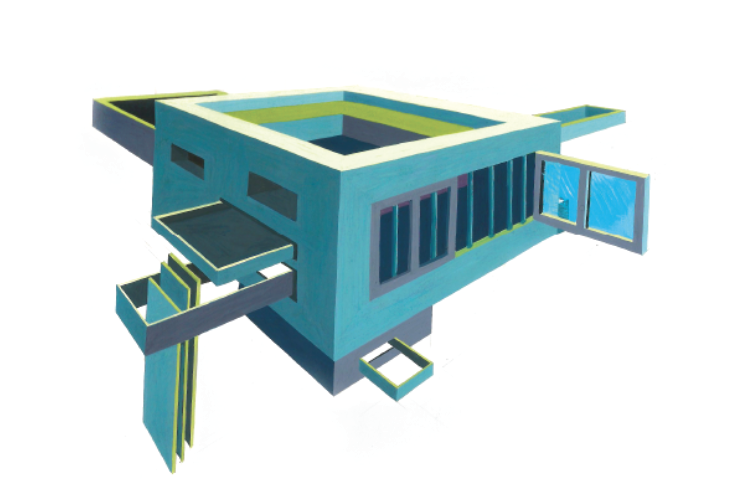
Introduction to Elements and Perspective
Study of basic solids, plan and elevation, main aspects of parallel and angular perspective.
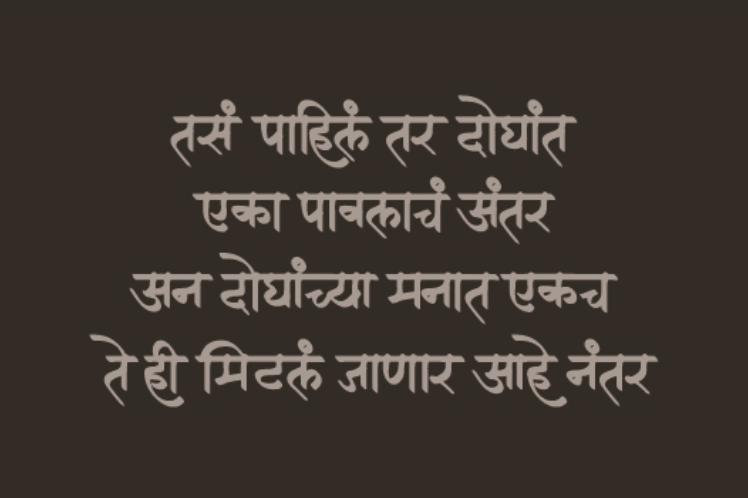
Calligraphy
- Basic discipline of beautiful handwriting. Sense of letter forms simultaneous judgment of the composition of letters – spacing organization – intuitive – logical planning of writing – development of style.
- A co-ordinate series of assignments of script-writing with different type of traditional and modern tools. Students should be exposed to calligraphic examples of various traditional scripts.
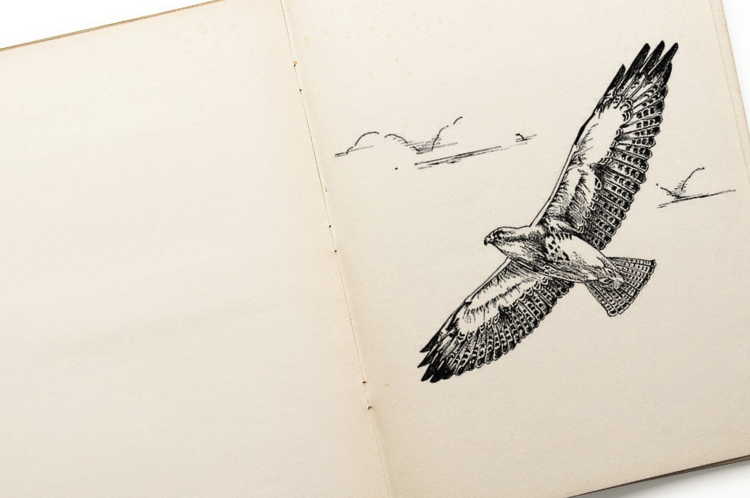
Outdoor sketching
Rapid sketching from any object at places such as streets, markets, railway stations, museums & zoos as well. Students should be exposed to such drawings made by master artists of different times.
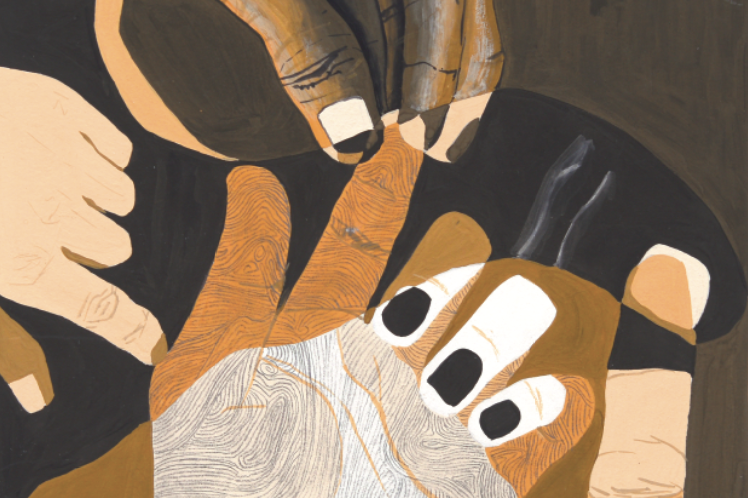
Design 2D
Study of two dimensional space and its organisational possibilities.
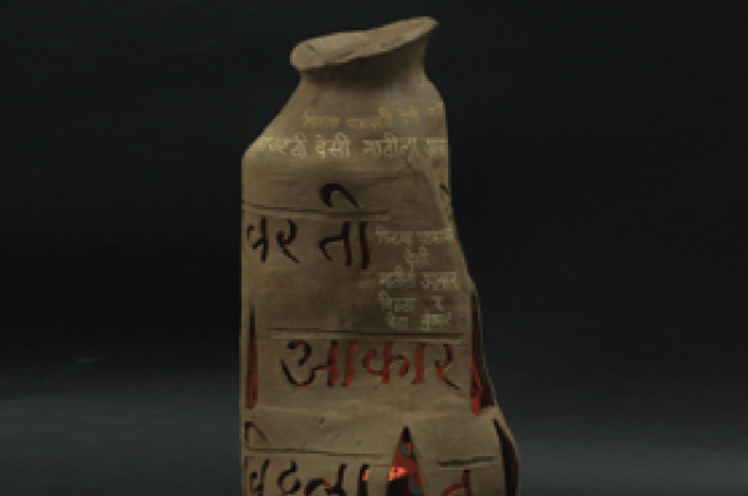
Design 3D
- To develop a sense of structure.
- Operational problems in building up structures.
- Gravitational and mechanical principles.
- Principles of composition and study of the principles that hold the structure.

Colour
To understand the formal structure of colour with analysis of colour theory and notation. Experience of colour through experiments in various media.
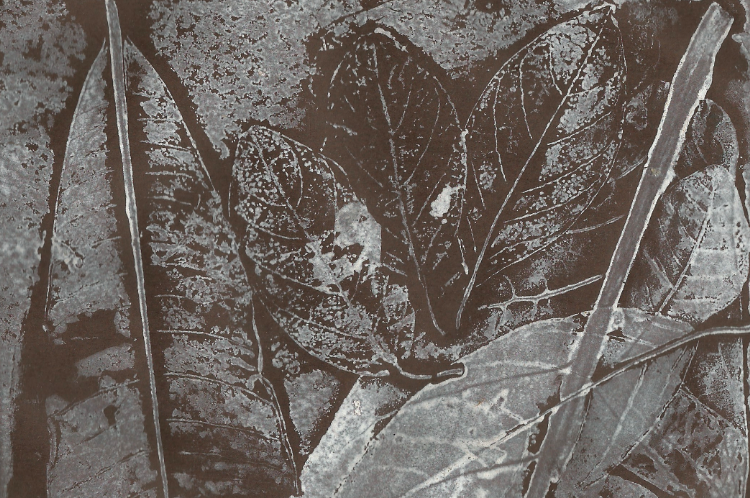
Print Making
Anticipatory and imaginative use of gathering impressions. Fundamentals of various methods of taking prints. Observation of intrinsic texture of various surfaces & the textures of natural & manmade objects.
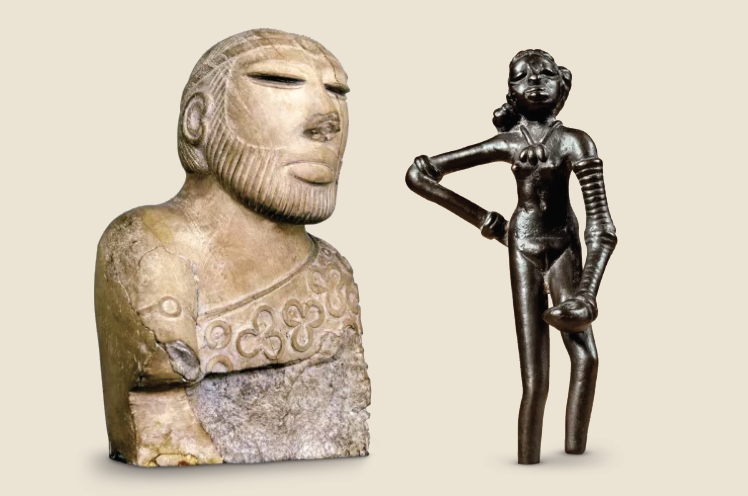
History Of Art In India
From Indus Valley Civilization to present day
Examination:
Government Higher Art Examinations for the Foundation Course is conducted by the Art Examinations Committee set up by the Govt. of Maharashtra.

